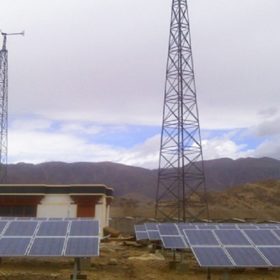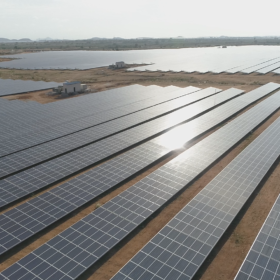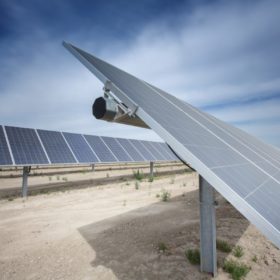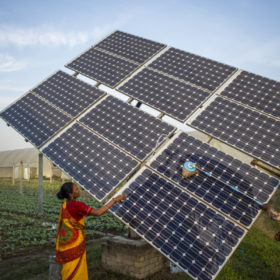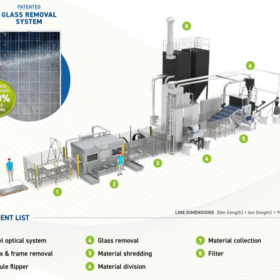NTPC arm tenders 50 MW (AC) grid-connected solar project in Jharkhand
March 30 is the last date to bid for the solar capacity tendered by NTPC Vidyut Vyapar Nigam Limited. The project—to be set up on turnkey basis—shall come up at Panchet power station of Damodar Valley Corporation and shall be awarded through domestic competitive bidding followed by reverse auction.
India reaches 369 GW power generation capacity against peak demand of 183 GW
The all-India installed capacity for power generation is projected to rise to 619 GW by the end of 2026-27 from 369 GW as on February 29, 2020. The optimal generation mix will, however, depend on the development of storage technology and renewable energy.
Distributed solar lender cKers Finance raises $5 million from US investor New Energy Nexus
The New Delhi based lender—which has funded over 45 MW of distributed solar energy assets—will use the new investment to catalyze the growth of residential and commercial solar systems, solar pumps, floating solar and solar cold chains in India.
Gujarat approves Rs 13.61 crore solar projects for water treatment plants
These solar plants—installed for eleven nagarpalikas (municipalities) in the State—would generate approximately 2,835 KW power, saving Rs 2.94 crore in the electricity bills.
Belectric commissions 250 MW solar project in Karnataka
The utility-scale PV project, which Belectric built for Fortum Solar India across five sites, is the largest amount of solar capacity that the German EPC services provider has commissioned in the country thus far.
Project developers in south Asia can secure cash from IRENA funding pot
The Climate Investment Platform launched by three multilateral bodies in September is now open for business and renewables companies in developing nations across 14 regions including south Asia could qualify for help with clean energy facilities, renewables-related grid improvements and energy efficiency schemes.
Ministry explores alternatives to bank guarantees for solar projects
Lobby group the National Solar Energy Federation of India has welcomed the move and asked the Ministry of New and Renewable Energy to extend any such measures to existing contracts to help developers meet working capital requirements.
REIL tenders solar projects in Maharashtra and Uttarakhand
March 27 is the last date to bid for ground-based, grid-interactive solar power plants ranging from 500 kWp to 2 MWp or more at various locations/sub-stations of Maharashtra State Electricity Distribution Company Limited (MSEDCL). Bidding for 100 kWp to 500 kWp grid-interactive rooftop solar plants in Uttarakhand closes on March 21.
Optimistic solar outlook dimmed by COVID-19 – Bridge To India
Developers are also expected to drag their heels over project completion during the first half of the year as the safeguarding duty applied to imported Chinese and Malaysian solar products is due to expire at the end of July.
Solar will turn vicious water-energy-climate cycle into virtuous loop
The International Water Management Institute is promoting the Solar Irrigation for Agricultural Resilience (SoLAR) initiative to expand the use of solar irrigation systems throughout Bangladesh, India, Nepal, and Pakistan. Proponents of solar irrigation pumps say that they can have a strong positive impact on groundwater.


